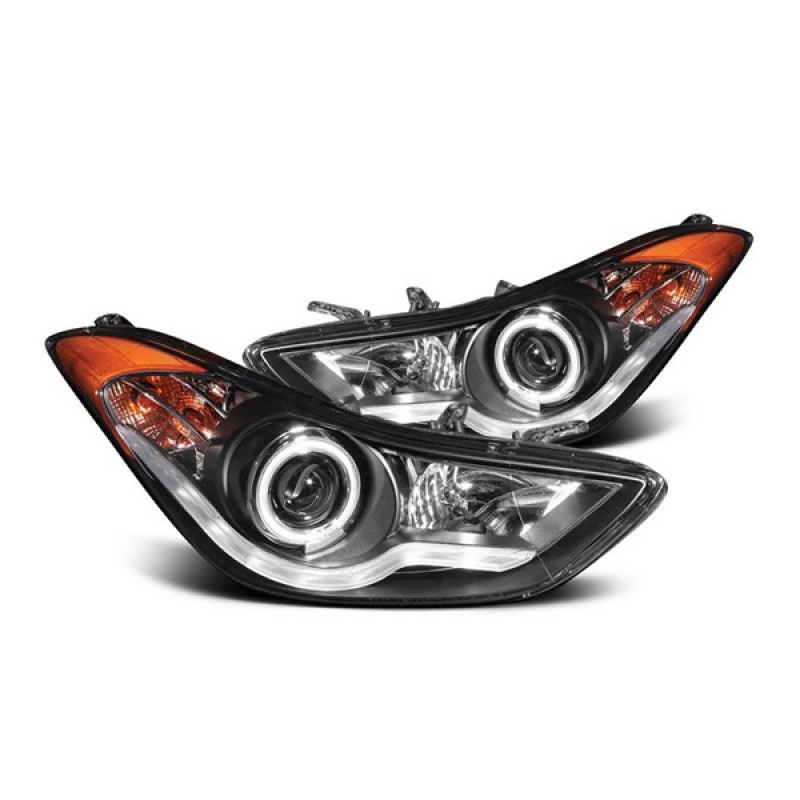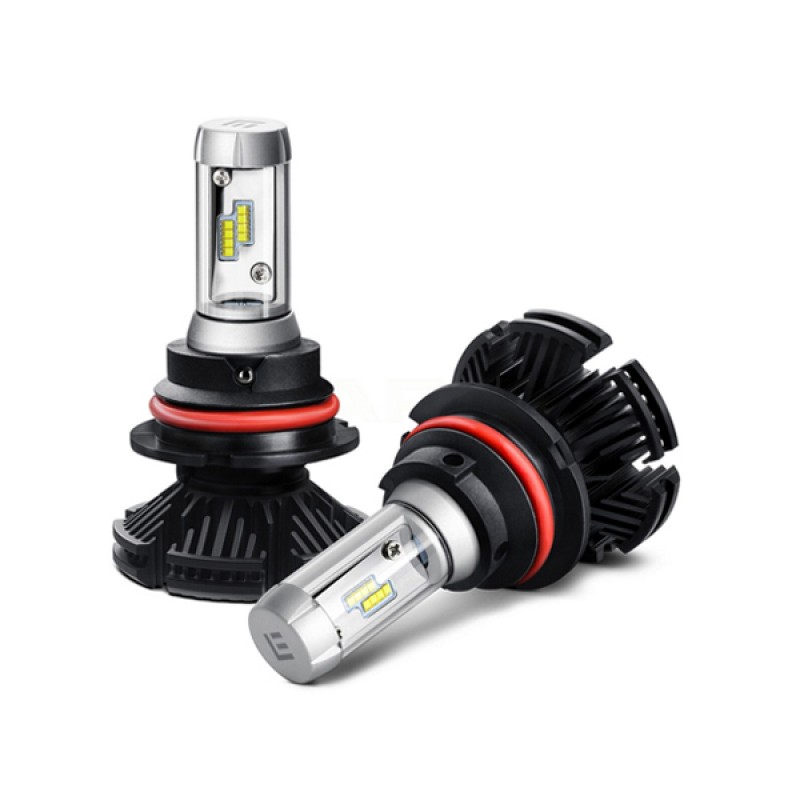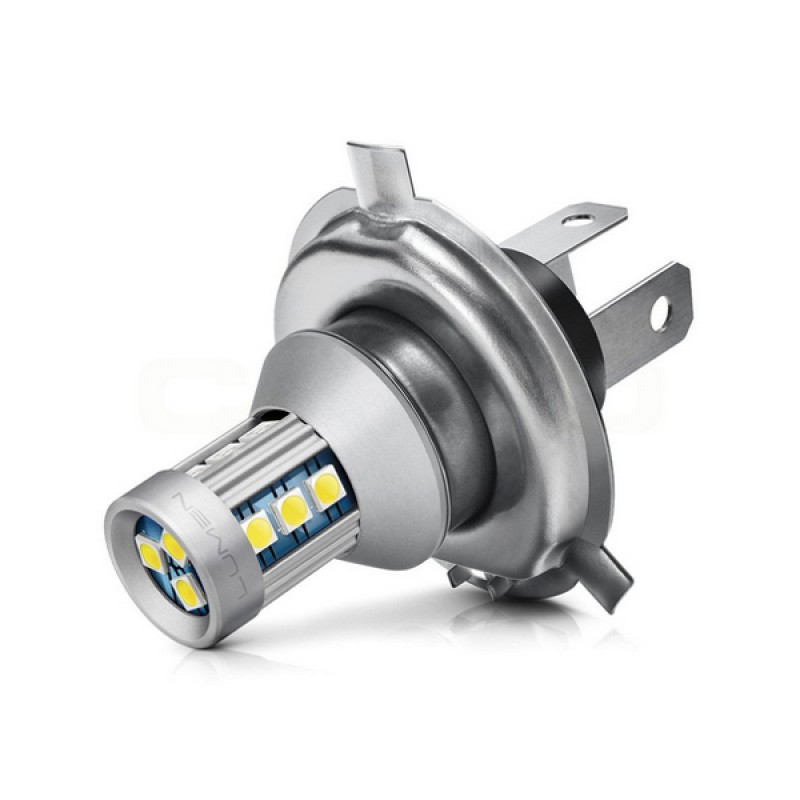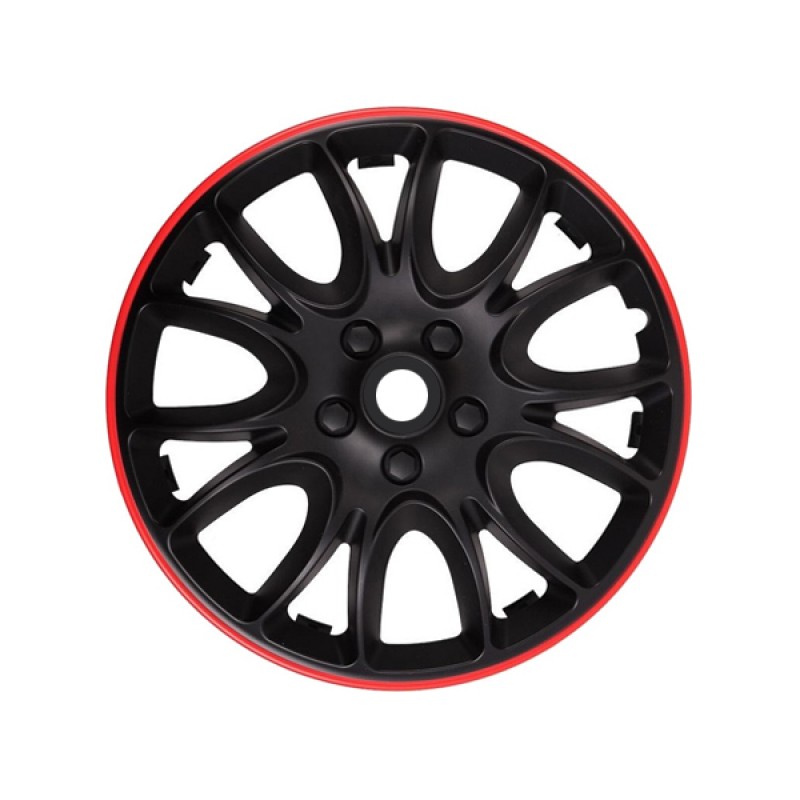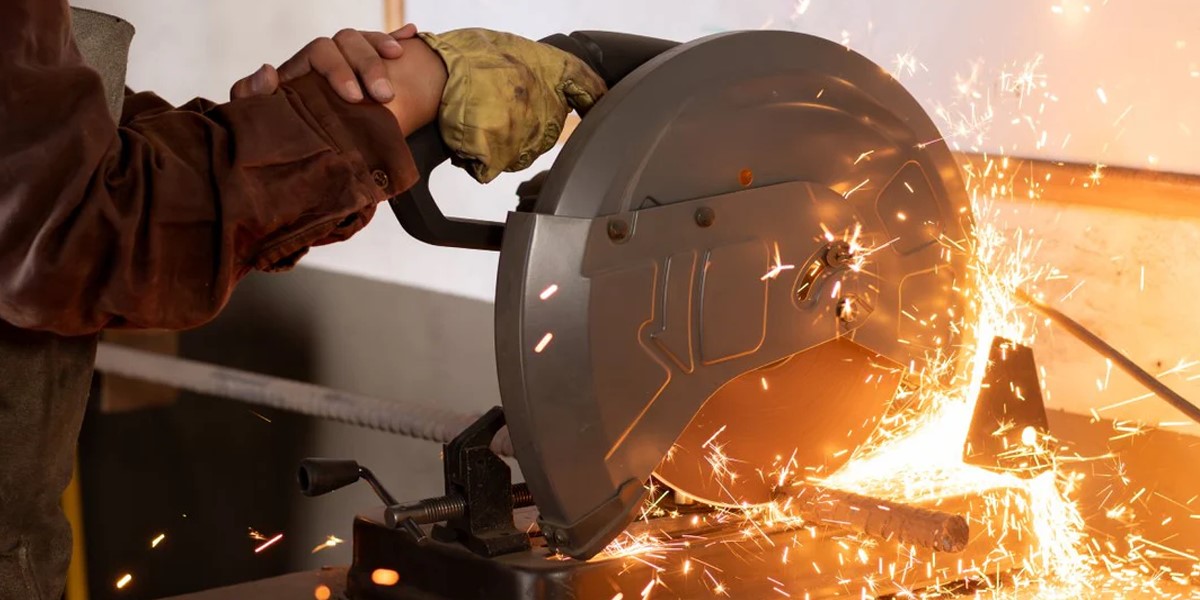
Use Of Coldsaw Cutting Down On Waste in Metal Cutting Processes
Effective metal-cutting operations require a well-thought-out plan. Reduced productivity and lost earnings could result from every inch of material wasted. These practical suggestions for decreasing waste in metal-cutting processes will help you save money, improve workflows, and use materials more wisely.
Make A Thorough Plan For Your Project
To map out elements in a way that minimises scrap material, use software tools made for layout planning. Software for nesting, for instance, arranges smaller shapes like puzzle pieces inside bigger ones. Consider the behaviour of the material under various cutting situations in addition to exact measurements.
To avoid expensive errors, some alloys, for example, require changes because they warp more readily than others. Planning can save money in addition to time, as demonstrated by proactive choices made during the design phase that speed the cutting process and reduce material losses!
Superior Equipment
It's important to be precise. Every tiny error in judgment can turn what was once a flawless sheet of metal into useless scraps. Think about durability and the tools' capacity to stay calibrated in harsh environments while selecting them.
High-end equipment may seem expensive at first, but it opens the door to more efficiency overall, fewer mistakes, and less downtime. For companies managing intricate or high-volume projects in particular, the benefits swiftly surpass the initial cost.
Sharp Blades
An up-close view of a circular metal cutting saw blade flat in a machine, resting on another blade for sharpening. When working with hard materials, a sharp cold-cut saw blade consistently yields clean, accurate cuts. If your blades aren't regularly cutting cleanly, it's time to replace or sharpen them. AATCO Dubai Coldsaw Blade Supplier in UAE provides blade-sharpening services that maximise the blade's effectiveness and prolong its lifespan.
Adjust The Parameters
You can either save project material or send it straight to the scrap bin depending on how you use your cutting tools. Cutting parameters can be adjusted to produce more effective outcomes and less waste.
Cutting Velocity
Even though cutting at high rates could seem like a speedier way to get a project done, especially when working with harder metals, it frequently results in errors, tool wear, or overheating. Your tools' lifespan may be shortened by excessive speed, which can also result in warping, uneven cuts, or other damage.
The optimal cutting speed for each operation should be monitored and evaluated because different materials and projects call for different speed settings. Try different things with your equipment, following the advice of the manufacturer to keep accuracy and efficiency in check.
Feed Rate
If you feed materials too quickly, you run the danger of breaking your equipment, getting rough cuts, and sacrificing the product's integrity. On the other hand, feeding materials too slowly can significantly reduce workflow efficiency and cause project timetable delays, even though it may maintain your tools.
Finding a balance that works for the material and the kind of blade or tool being used is crucial. Spend some time experimenting and fine-tuning feed rates according to the material's unique characteristics, such as its thickness or hardness, and the capabilities of your cutting apparatus.

